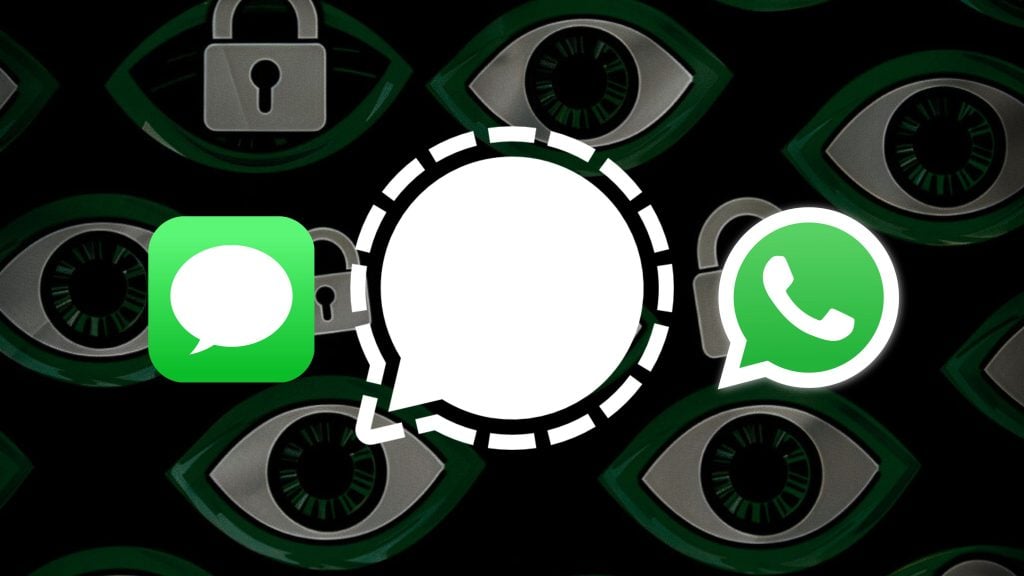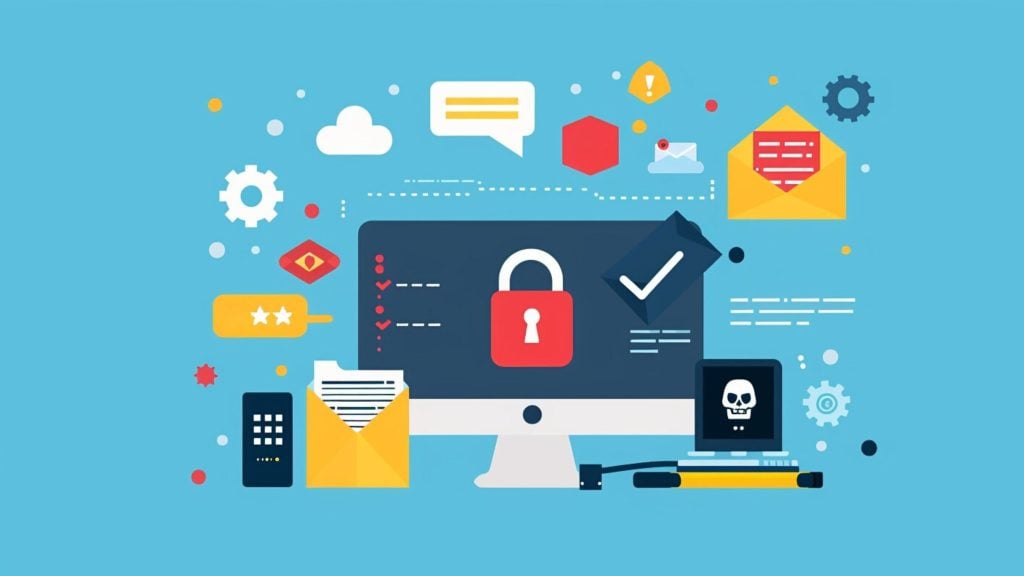The Australian Digital ID Law (Digital ID Bill 2024), which already passed the Senate, was adopted by Australia’s House of Representatives in an 87-56 vote.
Australia is joining the EU and several countries who seek to get rid of people’s physical IDs and replace them with digital schemes that pool the most sensitive personal information into massive, centralized databases.
This is considered by opponents as a security and privacy catastrophe in the making, with many purely political (ab)uses possible down the road.
In Australia, the goal is to get government services, health insurance, taxes, etc, all linked. And to do this, the governments will spend just shy of $197 million to launch the scheme.
MPs from the parties who voted against the bill – the Liberal-National Opposition – said that their constituents were worried about privacy, their freedoms in general, and government intervention.
Once again, arguments such as “convenience” – clearly a lopsided trade-off considering the gravity of these concerns – are offered to assuage them, and the point is made that participation is not mandatory.
At least not yet, and not explicitly.
Liberal Senator Alex Antic touched on precisely this point – an example being that the bill allows people to open bank accounts without digital IDs “by going to the nearest branch.”
But then – physical bank branches are now closing at a quick rate, Antic remarked.
Even more taxpayer money is being spent in Australia in order to shore up the Online Safety Act, and the eSafety program.
The censorship effort, which, like so many, refers to its purpose allegedly being merely to “protect the children” is in reality set up to hunt down whatever the government decides qualifies as “harmful content.”
Now the federal budget is earmarking millions for several projects, including a pilot worth $6.5 million that is supposed to produce an online age verification method (this is referred to as “age assurance technology”).
Meanwhile, “emerging online threats” will get a share from the total of $43.2 million set aside in the budget’s communications package.
The eSafety Commissioner’s office will get $1.4 million over the next two years.













